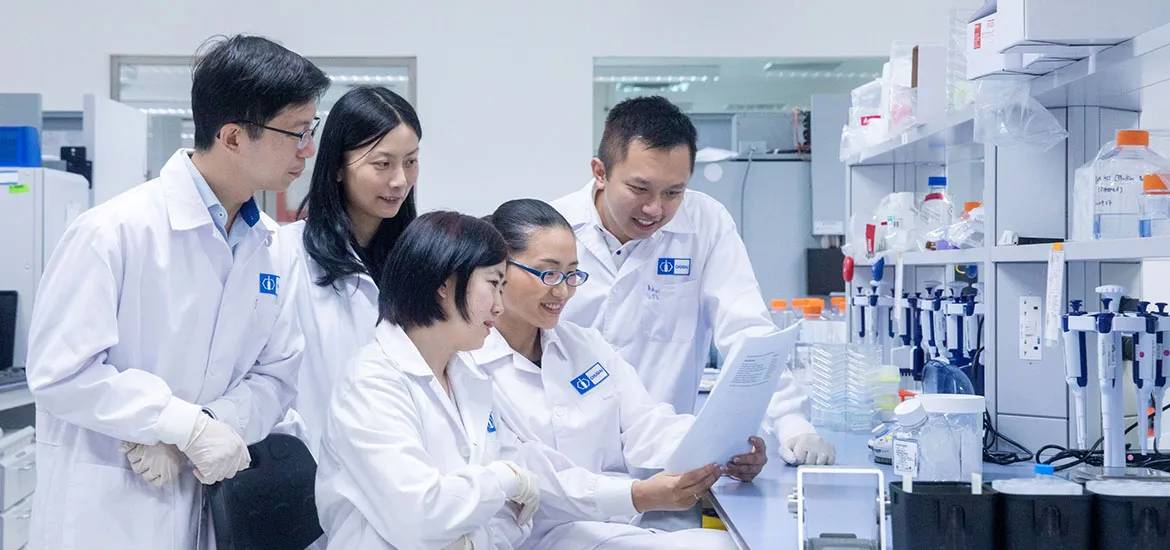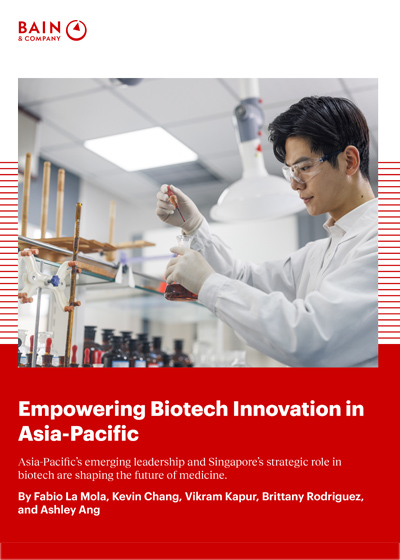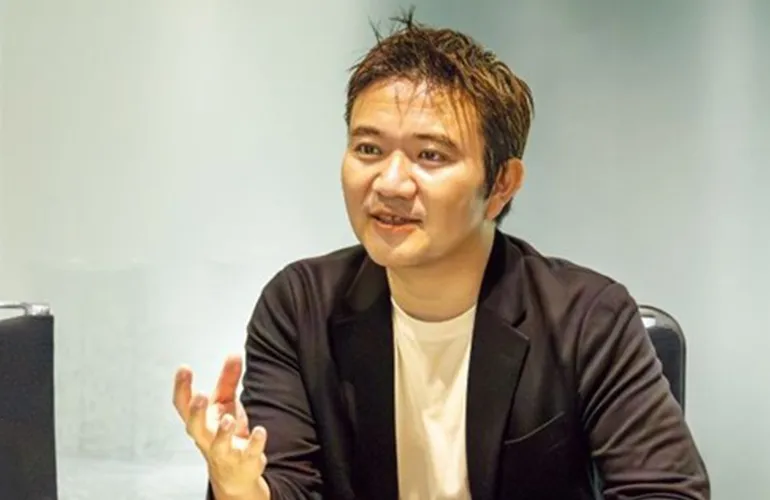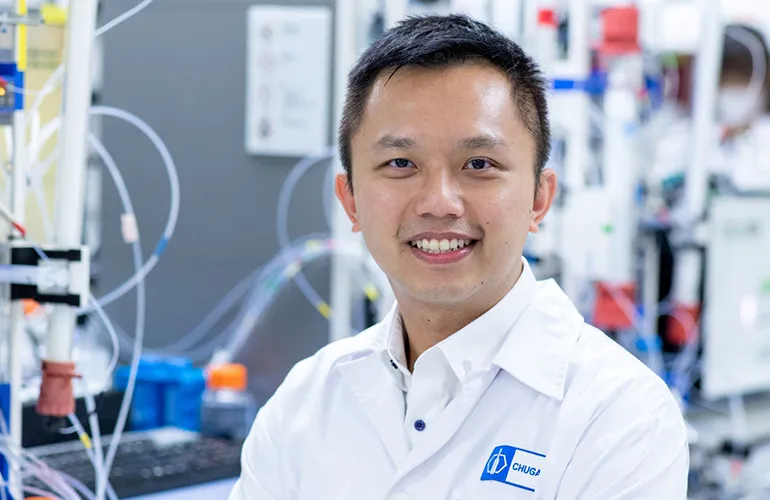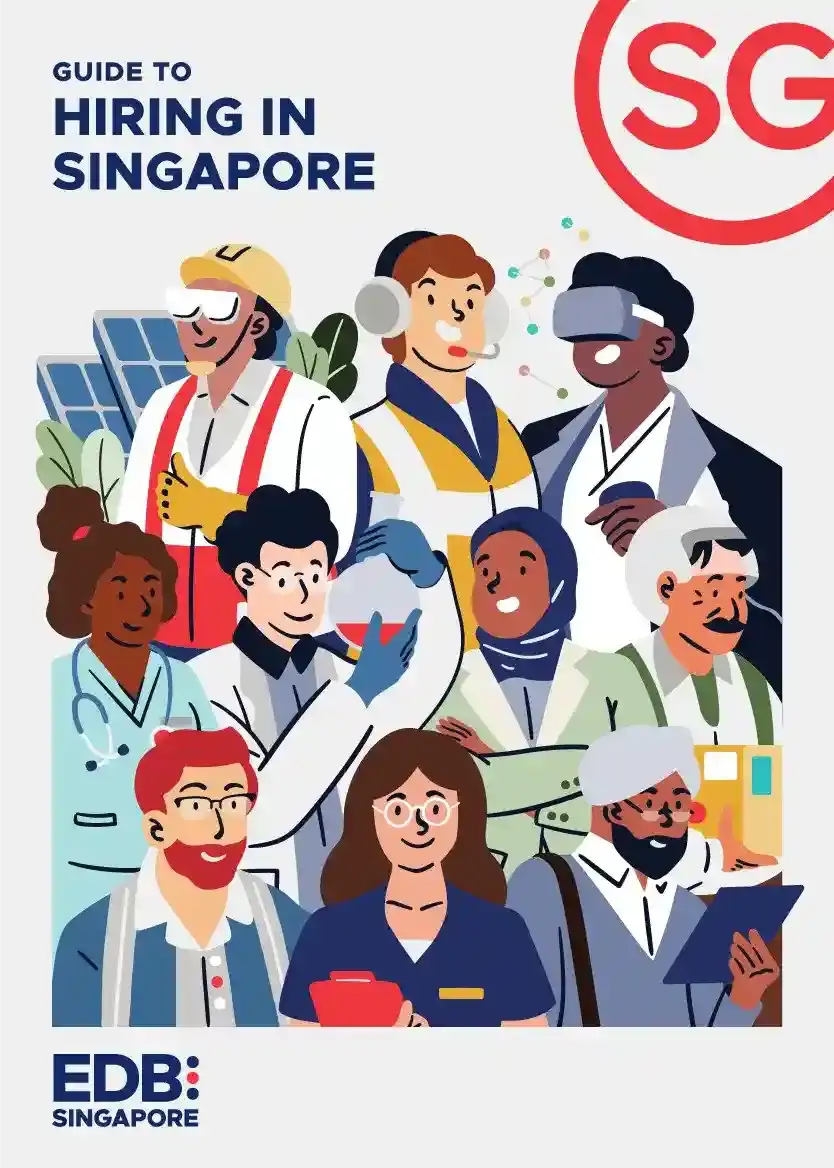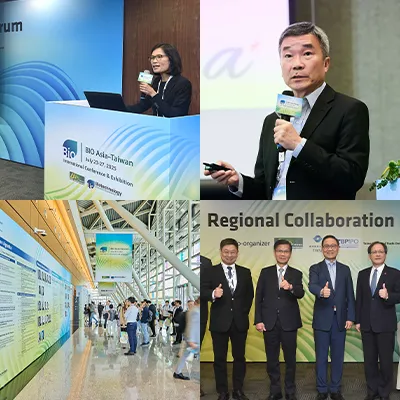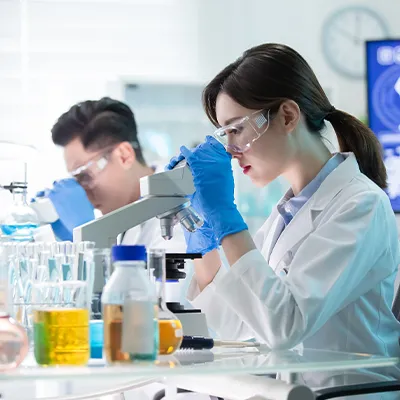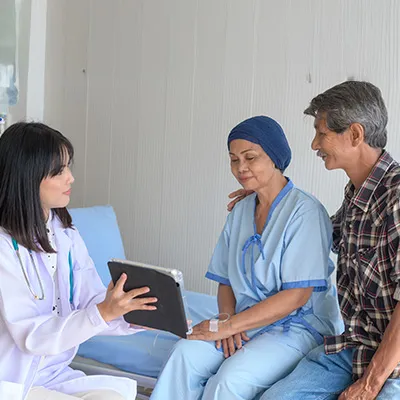Powering breakthroughs through collaboration
Support from Singapore government agencies also played a role. The Singapore Economic Development Board (EDB) and A*STAR helped CPR connect with Singapore’s broader research ecosystem, including universities and public research institutes.
One example is the dengue fever treatment development project initiated in 2015 in partnership with A*STAR, in response to the rising global burden of dengue linked to climate change.
The project was based on a rare human antibody, discovered by scientists from A*STAR Singapore Immunology Network and the National University of Singapore, that could neutralise all four dengue virus types – a scientific breakthrough given dengue’s complexity.
This was jointly developed with Chugai, showcasing Singapore’s strengths in public-private partnerships and the translation of advanced research into potential therapeutics.
“Singapore creates an environment where government, academia, and industry can collaborate effectively. That made it easier for us to establish the right connections and move quickly on projects,” says Dr Tomoyuki.
The collaboration between academia, which conducts basic research into disease causes, and biopharmaceutical companies, which develop drugs based on these findings, is essential in this industry.
Looking ahead, Chugai hopes to play a more active role in Singapore’s life sciences ecosystem by forging more partnerships with academia and opening up to external collaborations that spark new ideas and biomedical breakthroughs.
“Chugai aims to double its R&D output by 2030. To achieve this, we want to increase our presence in Singapore’s academic community and expand collaborations with excellent researchers,” says Dr Tomoyuki. “Singapore has built strong capabilities in manufacturing and clinical trials, but there’s still room for more drug research and discovery.”
Learn about the global companies expanding their operations in Singapore and the Singaporeans advancing their careers there. Find out more here and here.
This article is also published on The Straits Times Online.
